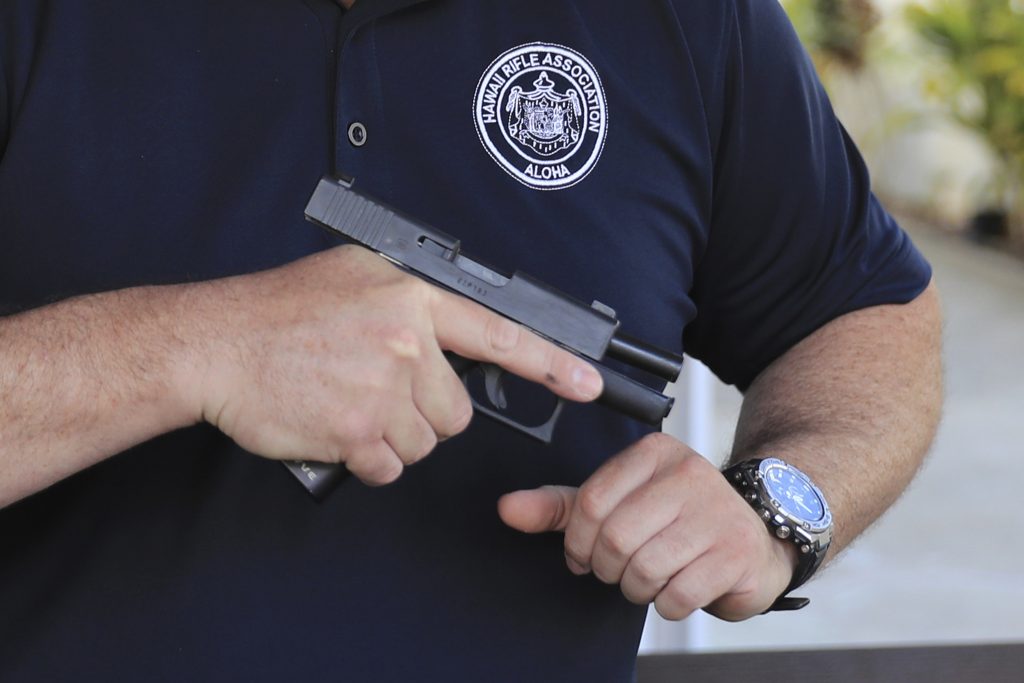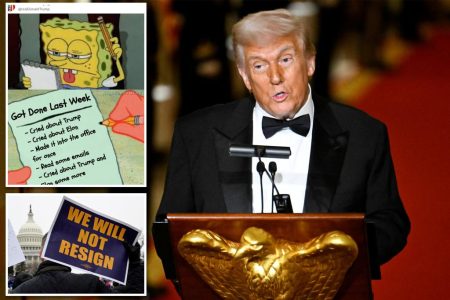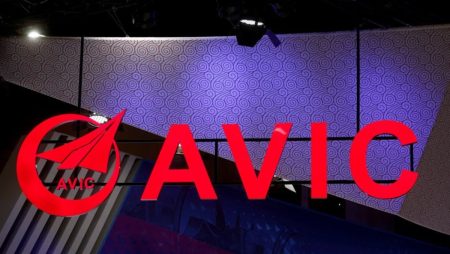The U.S. Supreme Court’s recent refusal to hear a case challenging Hawaii’s strict gun licensing laws has reignited the debate over Second Amendment rights and the power of states to regulate firearms. The case, centered on plaintiff Christopher Wilson’s 2017 arrest for carrying a firearm without a license, highlights the ongoing tension between individual gun ownership rights and state efforts to control gun-related violence. Justice Clarence Thomas, while acknowledging the court’s lack of jurisdiction in this specific instance, issued a pointed dissent arguing that the Supreme Court has a duty to intervene in such cases to protect Second Amendment rights from what he perceives as overly restrictive state regulations. He emphasized the importance of allowing individuals to invoke the Second Amendment as a defense against such laws, suggesting the court’s intervention is “imperative” given lower courts’ tendency to disregard Second Amendment rights.
The core of the dispute lies in Hawaii’s stringent gun control laws, which prohibit carrying firearms outside the home without a license. Wilson, who lacked both a permit to acquire a gun and a license to carry it, argued that these laws infringed upon his Second Amendment rights. A state court judge initially agreed, referencing a 2022 Supreme Court decision that expanded gun rights. However, Hawaii’s Supreme Court overturned this ruling, contending that the 2022 decision was “backward-looking” in the context of modern gun control needs. The state court’s decision left Wilson’s charges intact, prompting his appeal to the U.S. Supreme Court.
Wilson’s legal team argued that his right to bear arms, as guaranteed by the Second Amendment, supersedes state law. While the Supreme Court declined to hear the case, Justice Thomas’s dissent signals a potential shift in the court’s approach to Second Amendment cases. He suggested that a future, more suitable case could provide the opportunity to clarify the relationship between the Second Amendment and state gun control laws. Thomas explicitly stated that the court should unequivocally affirm the right of individuals to challenge unconstitutional firearms licensing schemes, hinting at the possibility of future intervention in similar cases.
The denial of the hearing, while disappointing to gun rights advocates, leaves the door open for future challenges. Wilson’s attorney maintains that Hawaii’s gun laws are unconstitutional and intends to pursue further legal action. The case underscores the ongoing legal battles over the scope of the Second Amendment and the extent to which states can regulate firearms. The Hawaiian Supreme Court’s justification for its strict gun control laws, rooted in the “spirit of Aloha” and the state’s historical context, further complicates the issue, pitting cultural values against constitutional rights.
This case is emblematic of a broader national debate surrounding gun control. Advocates for stricter gun laws, like Everytown for Gun Safety, point to Hawaii’s relatively low rates of gun violence as evidence of the effectiveness of tight regulations. They argue that states have a right and a responsibility to protect their citizens from gun violence through comprehensive gun control measures. Conversely, gun rights advocates, such as the Second Amendment Foundation, view Hawaii’s laws as an infringement on fundamental constitutional rights. They argue that the Second Amendment guarantees the right to bear arms for self-defense and that overly restrictive licensing laws undermine this right.
The Supreme Court’s decision not to hear Wilson’s case, coupled with Justice Thomas’s forceful dissent, suggests that the legal battle over gun control is far from over. The clash between state regulatory authority and individual Second Amendment rights will likely continue to play out in courts across the country. As the debate unfolds, the Supreme Court will inevitably be called upon to provide further clarification on the delicate balance between gun rights and public safety. The future of gun control in America may well hinge on how the court chooses to address these complex and contentious issues. The “imperative” nature of the court’s intervention, as emphasized by Justice Thomas, highlights the significant implications of these decisions for the future of gun ownership and regulation in the United States.










